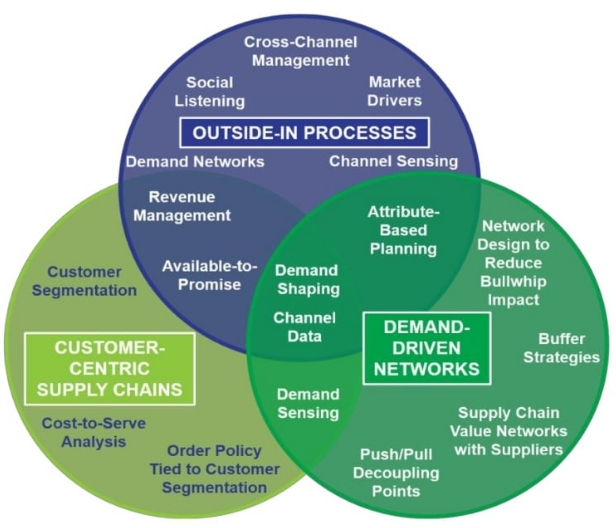Company Overview
L’Oréal is the number one cosmetic brand in the world, with more than 85,000 employees and 28 billion euros in revenues. The company sells a wide variety of products under 35 brands. The five divisions of the company include L’Oréal deluxe, consumer products, active cosmetics, professional products, and body shop. The company uses a flexible pricing strategy. It conducts in-depth market research and prices its products based on its results. The products are sold in supermarkets, cosmetics stores, own-brand outlets, and online.
Supply Chain Strategy
L’Oréal has successfully implemented a customer-centric supply chain, which is the key component of the company’s success. The supply chain strategy includes four crucial components. First, L’Oréal uses effective customer segmentation, which helps to understand the customers. Second, the company conducts frequent needs analysis in all segments. Third, L’Oréal uses the latest technological decisions in data collection and analysis to sense the demand. Finally, the company uses an agile supply chain to meet the needs of customers with perfection.

While a customer-centric supply chain is cost-efficient and provides great opportunities for sales, it is associated with numerous difficulties. For instance, L’Oréal is frequently forced to redesign its physical distribution according to shifts in customer preferences.
Chain Strategy Strengths
The company was ranked 9th in the world among all brands in terms of supply chain strategy by Gartner. The evaluation demonstrated that the company had championed three aspects of the supply chain, including resilience and agility, data and technology, and sustainability. L’Oréal effectively uses continuous data collection and analysis to maintain adequate inventory and react to emergencies. Additionally, technology helps to control outbound logistics, which is growing more complicated with smaller order sizes. The company also ensure that all the orders are fulfilled using the innovation of all level of the supply chain. Finally, L’Oréal has put increased focus on environmental sustainability. The supply chain management team developed and implemented low-carbon solutions for transport, created distribution centers that run on 100% renewable energy, and promoted the elimination of single-use plastic in distribution centers. Thus, L’Oréal is considered one of the supply chain champions.
Opportunities
While L’Oréal is one of the leaders in the industry in terms of the supply chain, it has many opportunities for future development. First, the company needs to focus on sustaining growth in China. Second, the company needs to modify its supply chain to continue development in emerging markets, such as BRICS countries. Finally, L’Oréal needs to adapt its supply chain to demonstrate social responsibility. In particular, the company needs to introduce and develop an organic cosmetics brand, which will help to relieve the pressure from Peta and other animal rights activists.
References
Bhasin, H. (2019). SWOT analysis of L’oreal – L’oreal SWOT analysis. 91Marketing. Web.
L’Oréal. (2021). Annual report 2020. Web.
L’Oréal. (n.d.). L’Oréal’s Supply Chain Ranked 9th Worldwide And 4th In Consumer Products Industry. Web.
Cecere, L. (2018). L’Oréal: A Case Study in Supply Chain Excellence. Supply Chain Shaman. Web.